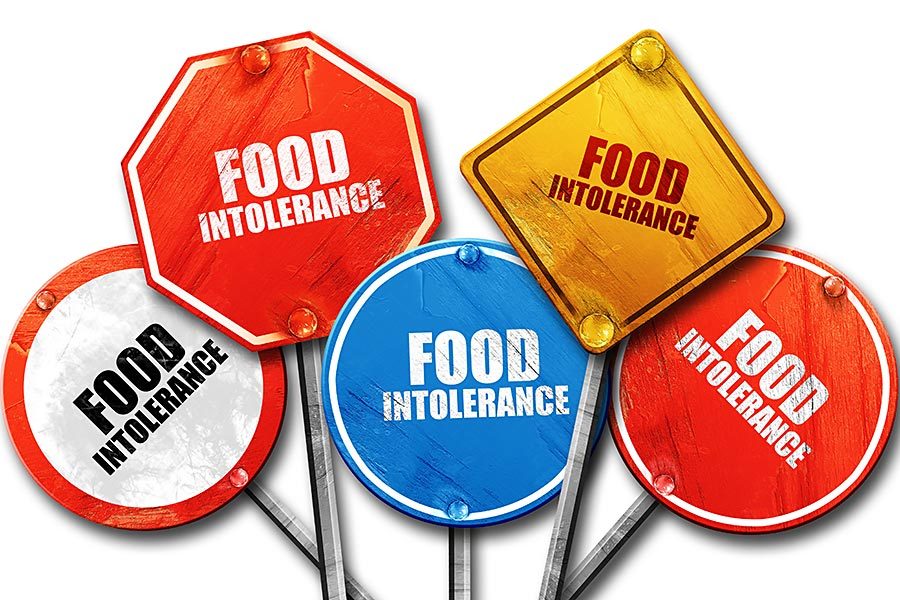food intolerance is the result of a person’s inability to break down a food, because of enzyme deficiencies, sensitivity to food additives or chemicals in the food that are naturally occurring. People with a food intolerance are often able to eat a small amount of the food they are sensitive to without a problem.(2)
There are several causes of food intolerance, including:
- Absence of an enzyme needed to fully digest food – lactose intolerance is an example of this
- Irritable bowel syndrome
- Celiac disease
- Sensitivity to food additives – for example, sulfites can trigger symptoms in some people(1)
An allergic reaction to a food involves the immune system. During a reaction, the immune system produces antibodies called Immunoglobulin (IgE). Food allergy symptoms almost always have a skin component (hives, swelling), and can also involve the stomach (nausea, pain, vomiting) and the respiratory system (wheezing, trouble breathing). Without immediate treatment, the serious allergic reaction anaphylaxis can be fatal.(3)
Testing to diagnose a food allergy may involve a skin test, blood test, or oral food challenge.(2) A person diagnosed with a food allergy may need to carry an epinephrine auto-injector for emergency self-treatment.(1)
For allergy professionals, Xtract Solutions offers cloud-based Allergy Immunotherapy software, designed to organize the allergy practice, from initial testing through to successful completion of immunotherapy.
(1) Li, J., MD, PhD, Mayo Clinic, Food Allergy vs. Food Intolerance: What’s the Difference? https://www.mayoclinic.org/
(2) American Academy of Allergy, Asthma & Immunology, Food Intolerance vs. Food Allergy, https://www.aaaai.org/
(3) Lieberman, J. MD, Allergy and Asthma Network, Ask the Allergist: What’s the Difference Between Food Allergy and Food Sensitivity? https://allergyasthmanetwork.org/




